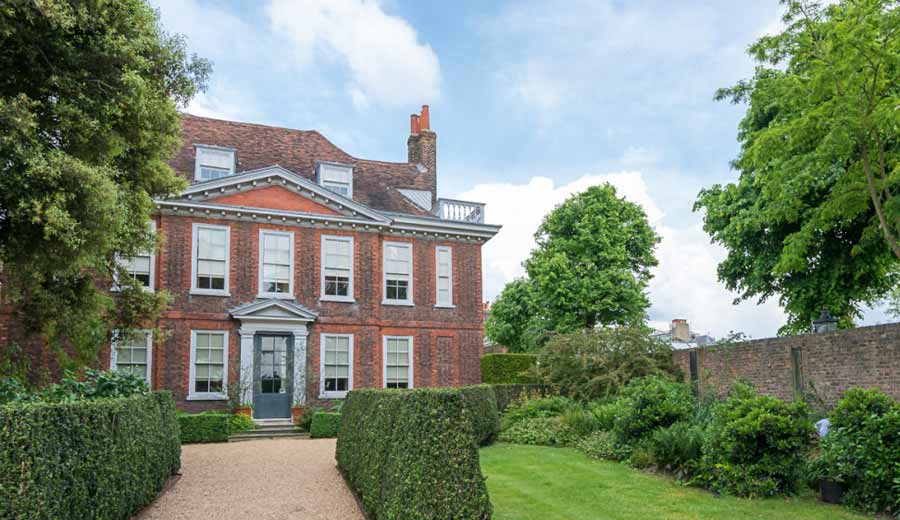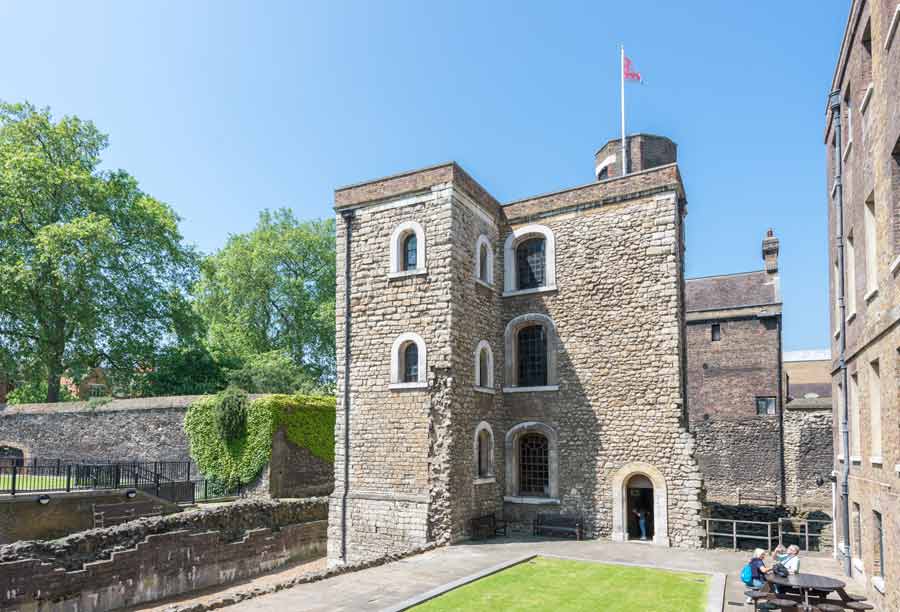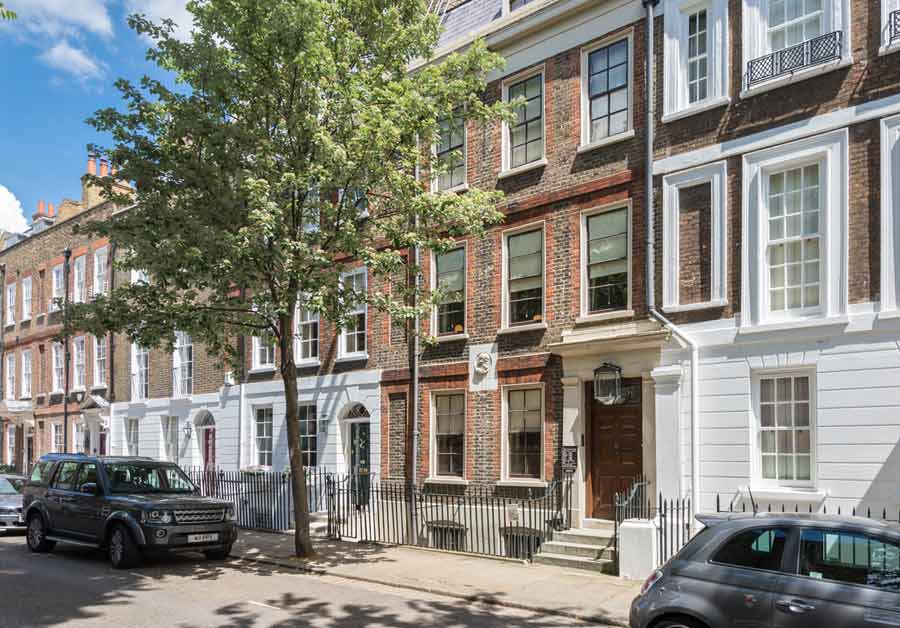- Selling
- Buying
- Landlords
- Renting
- New homes
- House prices
- International services
International offices
China, Hong Kong SAR, India, Indonesia, Malaysia, Middle East, Pakistan, Qatar, Singapore, South Africa, Thailand and Turkey
Learn more - Contact
- News
- Contact
- About us
- My B&R
English Heritage and National Trust properties in London
- Landlords news
- 05.07.16
- Marc von Grundherr
|
Getting your Trinity Audio player ready...
|

The National Trust and English Heritage are the two most prominent conservation organisations in the UK and both have been tasked with preserving the history and culture of the nation for over a century. Although they have broadly similar aims, these two bodies go about their business in slightly different ways.
The National Trust is a private charity that focuses mostly on stately homes, parkland and stretches of wilderness while the state funded English Heritage presides over historic ruins, monuments and castles. Both are heavily involved in keeping some of London’s most interesting buildings in good repair and open for the 18.82 million overnight visitors who came to the capital in 2015 topping Mastercard’s Global destination cities list for the very first time.
The great thing about building conservation in London is that there is room for small-scale quirkiness as well as inspiring grandeur. As to be expected, famous monuments are concentrated in the city centre but there are pockets of heritage waiting to be discovered in the surrounding areas too. In North West London where Benham & Reeves Lettings opened its flagship branch back in 1956, Hampstead is a predictably rich hunting ground for historic treasures and it is here that the National Trust maintain two properties of wildly divergent aesthetics. Fenton House is a small, yet perfectly formed example of 17th century architecture and 2 Willow Road is an angular shrine to Modernism. Tucked away behind our Heath Street branch, Fenton House contains a pristine collection of Georgian porcelain and early keyboard instruments.
It is exactly the kind of property that contributes to Hampstead’s distinctive look of well-heeled intellectualism. Situated overlooking Hampstead Heath, 2 Willow Road is the polar opposite. Formerly the home of maverick designer Erno Goldfinger, it indeed looks a bit like the HQ of a Bond villain, but it possesses a quirky charm that fits in well with the arty vibe of the area. Further up the hill, Kenwood is an imposing English Heritage run stately home that curates famous artworks and hosts a summer series of classical music events (it also has a café serving delicious fresh food every day). Its Georgian beauty is also a favourite backdrop for period film shoots.

In Central London, most of the historic buildings have Royal connections and are therefore directly run by local or central government but English Heritage do a fine job in looking after some sites that may have been overlooked. The Jewel Tower in Westminster, SW1 is a fine example of this. Because it has had many different functions throughout its 650 years of existence – from treasure storehouse to clerk’s office – it may lack a certain focus, but its 14th century-vaulted ceiling is, alone, worth a visit. From our Hyde Park branch in Sussex Place, it’s a short stroll to another architectural gem that is under the umbrella of English Heritage. If you think that One Hyde Park is a glamorous sounding address, how about “Number One London”? That’s what Apsley House, a magnificent mansion, positioned on the edge of the park, used to be called. Formerly the family home of the Duke of Wellington, it overlooks a monument to the Duke’s great 19th century battle victories and contains priceless collections of art, silverware and jewellery.
Heading west brings us to the smart riverfront properties that line the Chelsea Embankment and it is here that the National Trust have preserved one of the best examples of Victorian literary life to be found anywhere. Carlyle House in Cheyne Row was once the home of Thomas Carlyle who was the prominent historian, critic and thinker of his day. A popular figure in the mid-eighteen hundreds, his fame was soon surpassed by his influence as Charles Dickens, TS Elliot and Robert Browning became frequent visitors. Incidentally, Carlyle paid a princely sum of £35 per week for the rental of this handsome residence. If our nearby Fulham lettings branch at Imperial Wharf had been around in 1834, they might have had a word with the landlord about improving his yield!

The section of the River Thames that flows through West London is overlooked by several imposing stately homes, complete with beautifully designed grounds and gardens. Chiswick House and Ham House are run by the National Trust and English Heritage respectively and our Kew branch situated at the Kew Bridge property development often gets enquiries about properties to rent near to these glamorous locations.
The last two sites on our whistlestop heritage tour around London shine a spotlight on the eclectic nature of preservation in the capital. The George Inn in Borough High Street is a fully functioning South London pub with a difference in that it features a series of wooden galleries that run the length of its exterior. This used to be a common feature in the 18th century because their primary purpose was to house travellers while their horses were being fed and rested. The galleries are the main reason that the National Trust are involved in the property and look down on a courtyard that would have once bustled with horse-related activity. East London may be nowadays known as an urban regeneration miracle, but it still contains the odd gem from history. Chief among them is Sutton House which is that rarity in London: a genuine example of Tudor architecture. Immaculately preserved by the National Trust, Sutton House contains the type of oak panels, fireplaces and windows that were recreated for the hit drama Wolf Hall. This is not accidental because this house on Homerton High Street was actually built by one of the characters depicted in the story. Staff at our City and Canary Wharf branches are quick to point out the East End areas of London continue to be of great interest to corporate tenants whose jobs in the Square Mile have inadvertently turned them into amateur historians who love to explore London on the weekends.
A two thousand year old city will be no stranger to change and upheaval, but part of its future prosperity is grounded in how it treats its past. The history of London is not there just to be looked at – it is to be experienced and lived in. The National Trust and English Heritage not only preserve beautiful buildings for their own sake but also believe that this beauty informs and influences the surrounding neighbourhoods for the better.
To benefit from our local expertise, please contact one of our branches here.
Sign up to our newsletter
Subscribe
How much is your property worth?
Media enquiries
About the Author
Marc has been a board director since 2001 and oversees the company’s rental operations as well as developing new business. He is instrumental in the company’s expansion and works closely with Managing Director Anita Mehra to develop its core services. Read more about Marc von Grundherr here - Read full profileView all posts by Marc von Grundherr














